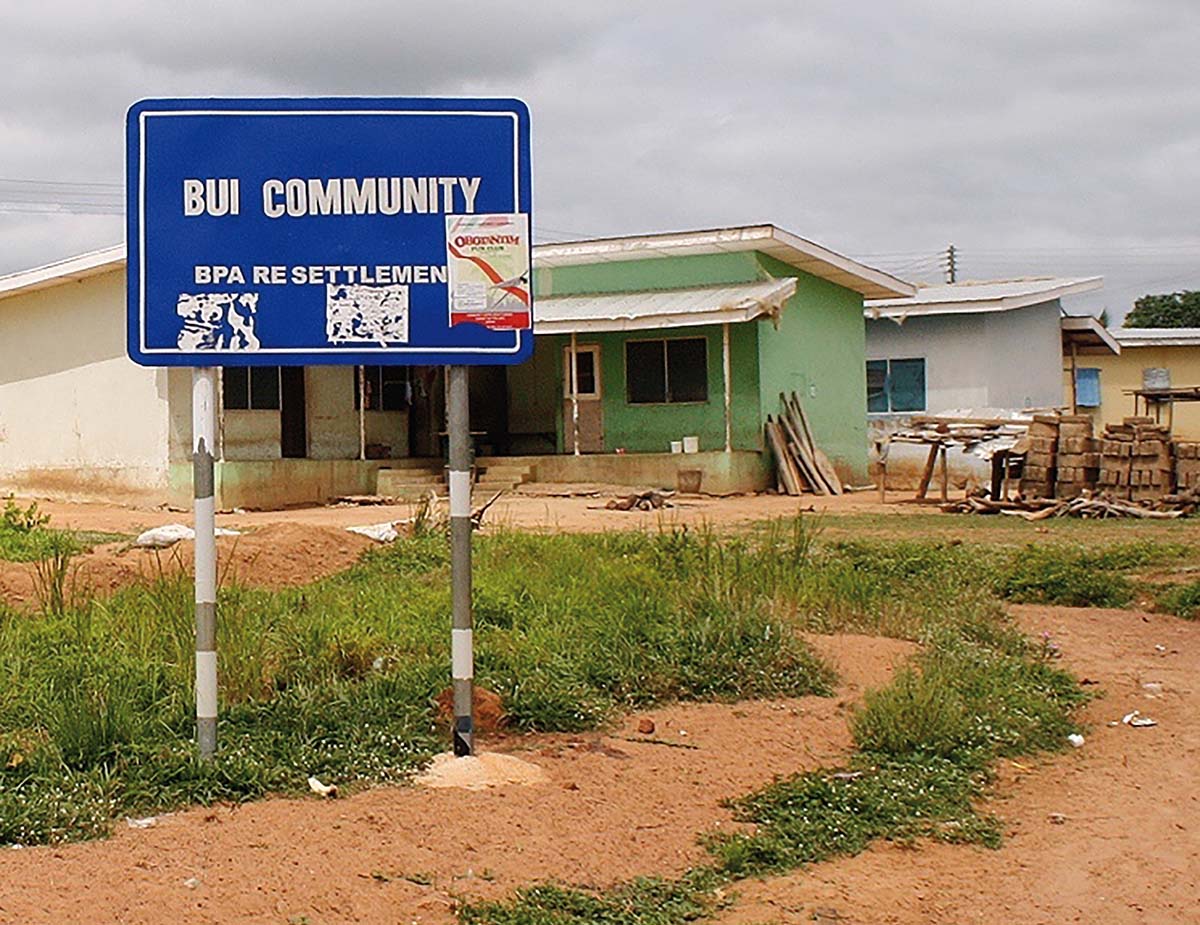The Chinese dam industry goes out
China has built more than 23,000 dams at home, 1 with the country’s installed hydropower capacity reaching 4.17 gigawatts in 2019. The most famous Chinese dam companies include Sinohydro, Gezhouba, and the Three Gorges Corporation. Since the turn of the century, these companies have been actively building large dams and other kinds of water-engineering projects in Asia, Africa, and Latin America. I will briefly characterize the Chinese dam industry and its role in the possible “resurgence” 2 of concrete-heavy forms of water management across the world. 3
Chinese dam companies are mostly state-owned enterprises (SOEs), corporatized from former government-affiliated organizations. Notably, Sinohydro can be traced back to the head bureau of the country’s major water engineering institutes and construction bureaus in the 1980s, including the Gezhouba Bureau. Then, through market-oriented reforms, the Gezhouba Group was established in 1994, independent from the Sinohydro system. All the remaining construction bureaus were corporatized in the 2000s as subsidiary companies of what became known as the Sinohydro Group. Water-related consulting agencies, equipment manufacturing plants, and smaller builders were corporatized too, becoming SOEs at central or provincial levels. The Three Gorges Corporation was created to manage the overall development of the Three Gorges Project – it did not do the actual construction (this was done by Gezhouba and bureaus of Sinohydro) but gained significant experience in modern project management from planning to operation and maintenance.

Fig. 1: Ship lock at the Three Gorges Dam. Image in the public domain on Flickr.
While Chinese dam companies retain institutional ties to the Chinese government, the industry has gained technological, managerial and commercial capacities through the building of domestic dams in collaboration with international financiers and peer companies. Since the 1980s, through implementing World Bank-funded projects like the Lubuge and Xiaolangdi dams, Chinese dam players used international standards such as competitive bidding in contracting and adapted international norms for development-induced resettlement into domestic practices. The industry has also learned from international technical exchange and cooperation – for example, in order to build the Three Gorges Dam, Western companies and experts were invited to visit China, while Chinese officials and technicians also attended conferences and visited firms in Western countries.
An unexpected outcome of the international anti-dam campaign 4 that intensified in the late 1990s against World Bank dam financing, is that it offered the Chinese dam industry an opportunity to turn overseas. At the time of its establishment in the 1990s, while focusing on domestic projects, the central government gave the Gezhouba Group approval to contract overseas projects and dispatch a workforce, as well as the right to import and export its products. Sinohydro, too, started bidding for foreign construction projects in the 1990s and first won a small contract in Bangladesh in 1998.

Fig. 2: Ghana’s Bui dam, built by China’s Sinohydro Corporation, with loans and export credits from the China Exim Bank. Photo by the author, mid-2015.
The Chinese dam industry has continued to respond to government calls, from the “Going-Out” strategy at the turn of the century to the more recent Belt and Road Initiative. Specifically, although the “Going-Out” strategy and the Belt and Road Initiative are sometimes understood as “strikingly similar,” 5 the former is a national policy that encourages Chinese companies to invest overseas, while the latter represents a Chinese call for global actions to promote inclusive globalisation. 6 The 2004 United Nations Symposium on Hydropower and Sustainable Development marked a strong push – by Beijing and others – for hydroelectric dams. Subsequently, the Chinese government agreed to support the dam industry financially. The Chinese dam industry committed to take care of social and environmental issues and engage with other international actors for both domestic and foreign dam projects and governments of project host countries promised to conduct hydropower-related planning and provide appropriate local conditions.

Fig. 3: Bui resettlement community. Photo by the author, mid-2015.
In some cases this came to fruition: Ghana’s Bui Dam Project, built between 2008 and 2013 is one example. The China Exim Bank provided the majority of project funding through concessional loans and export credits; Sinohydro served as the Dam’s turnkey builder based on the internationally-accepted engineering-procurement-construction format; and the Ghanaian government established the Bui Power Authority as the project owner to manage the overall development of the Bui Dam Project. The Bui Power Authority in turn hired a British firm for the Dam’s impact assessments and resettlement planning, entrusted a French firm to supervise Sinohydro’s work, and executed all project-induced resettlement activities. However, in other cases, dam projects with Chinese involvement encountered serious protests against unnecessary social and environmental losses. 7
In short, the Chinese dam industry is based on complex relations between government and corporations, and has gained considerable capacity through its relations with international peers. The Chinese dam export industry has benefited from the global anti-dam movement. As international financiers stepped away, China’s financial institutions continued to sponsor governments that remained interested in large dams. My previous research shows that China’s role in advocating for concrete-heavy forms of water management is highly variegated, influenced by China’s broader policies on the one hand and by beneficiary countries on the other. 8 9 And while activists and NGOs target the Chinese dam industry over specific projects, the global anti-dam campaign continues. 10 All of these forces will continue to shape the future of Chinese dam exports.
Xiao Han, Institute of Geographic Sciences and Natural Resources Research, Chinese Academy of Sciences; Centre for Contemporary Chinese Studies, University of Melbourne, hanx@igsnrr.ac.cn; xiao.han1@unimelb.edu.au